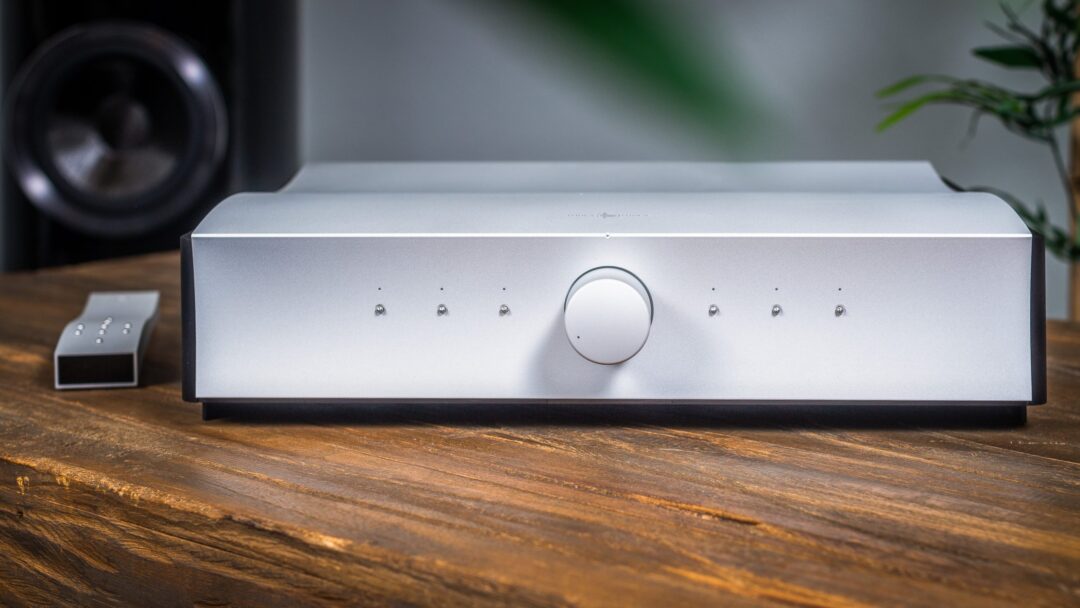Dutch Mola Mola is one of the high-end market’s hidden gems. Just a look at the products tells us that we are dealing with extremely expensive cases. The wavy shaped cabinets in solid aluminum alone require expensive machine tools to mill out, and here the quality extends down to the smallest button.
Both inside and out, there is full focus on every little detail, I got to experience that to my advantage when I tested the fantastic digital converter Tambaqui. I still firmly believe that it is the best I have ever heard.
Mola Mola lives by the saying “the truth is beautiful”. I myself interpret it to mean that the music is magical in itself: you should not add any extra warmth or make-up to it in other ways, but let it radiate in all its imperfect splendor – with wrinkles and all. Then you will in return get the right tear-soaked experiences, when the best recordings appear in the playlist.
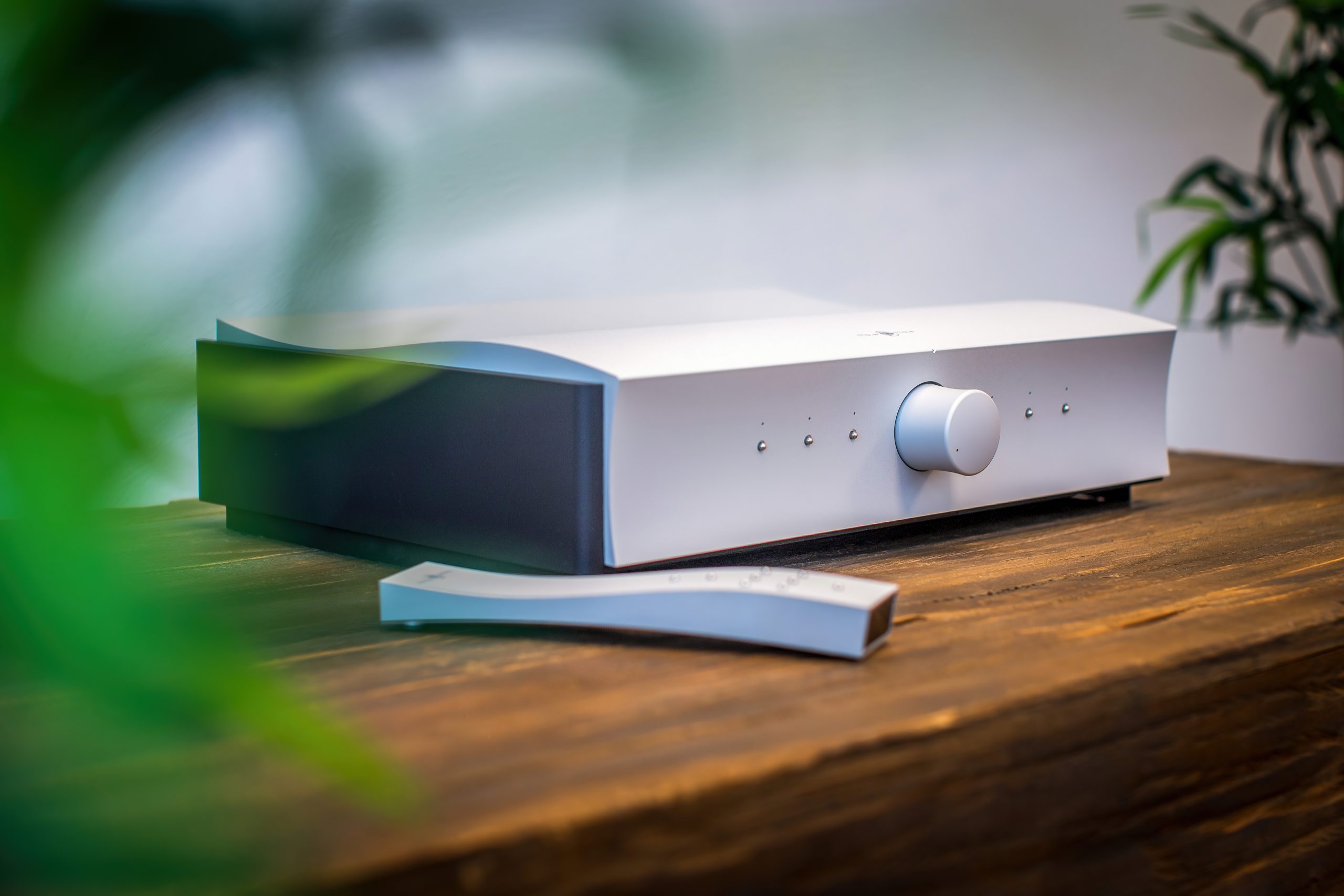
Well-reputed designer
If the manufacturer’s name is unknown to you, then know that chief designer Bruno Putzeys also works as the technical head of Kii Audio, and is responsible for the Class D amplification and the digital circuits in their speakers. He is also the mastermind behind Hypex and Purifi digital amplifier modules used by several high-end manufacturers, among them NAD. The nCore core of Hypex amplifiers, thus, is also used in Mola Mola’s first integrated amplifier, Kula.
The amplifier is based on the cabinet and circuits of the Makua preamplifier (11.000 GBP), where a more powerful, self-developed power supply and a power amplifier module have been pushed in. The amplifier is presented as a 150-watt in 8 ohms, but it is with a full percent distortion. Which is not durable in the high-end class. On the other hand, the vanishingly low 0.00075% distortion up to 2 x 100 watts. It’s really vanishingly low! The power is doubled to 4 ohms.
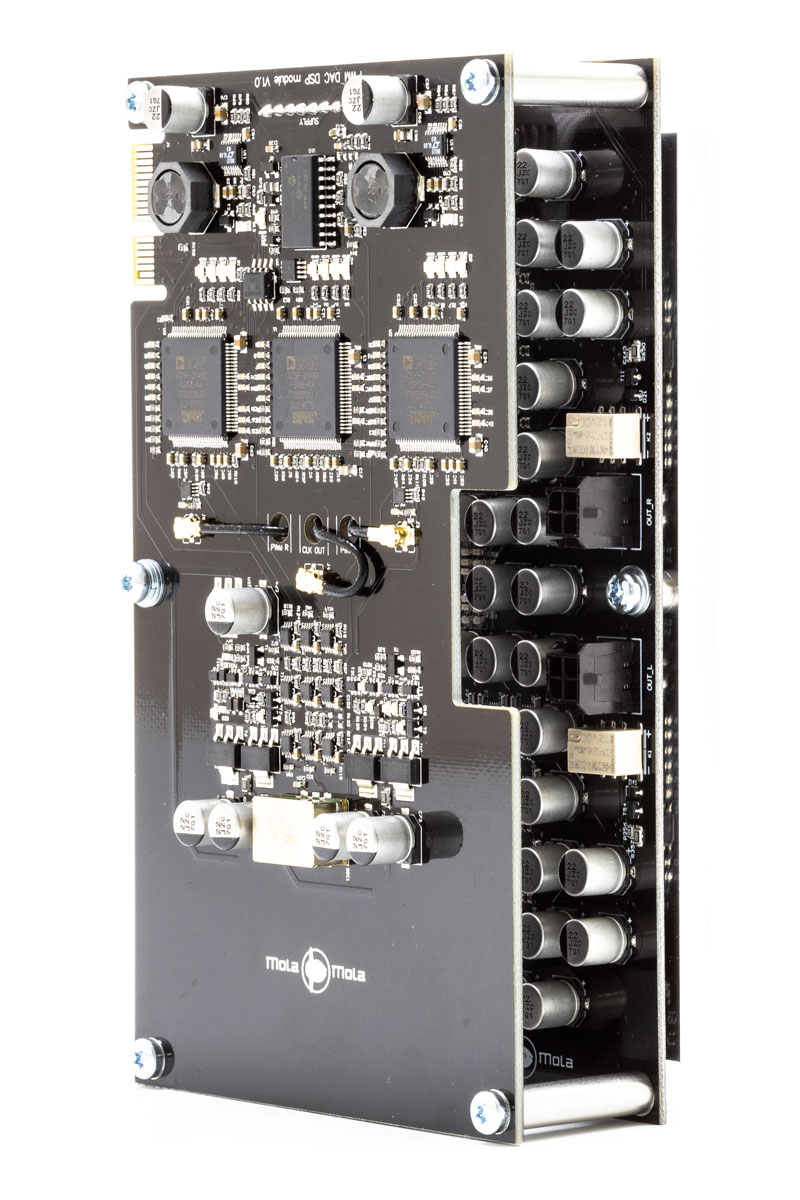
Expensive DAC module
If you buy the amplifier as it is, it costs 121,000 kroner. Far from free, and that gives you three balanced and three unbalanced analog inputs on the purchase. That’s it. But it is when you add the extra DAC module that it becomes really interesting. It costs as much as GBP 8.000 extra, but then it is also identical to the unnervingly good (and even more expensive) Tambaqui. I would seriously consider investing in the DAC, because it really is in a world of its own. With support for both DSD and PCM (32-bit/384 kHz), everything is scaled up to 32-bit/3125 MHz before filtering is done, which helps to convert the digital signal to analog with a signal-to-noise ratio of as much as 130 dB.
The DAC module gives you both optical, AES/EBU (XLR) and USB-B input. But interestingly, there is no coaxial input, which will be a miss for many. You can use a transition from RCA to XLR, but it can potentially present problems since the AES/EBU is balanced with 110 ohms impedance where coaxial is unbalanced with 75 ohms. It usually will work fine, but I can not guarantee the connoisseur level of sound quality.
For me who swears by Roon, the most interesting thing though is that the DAC module has a Roon Ready certified network connector. Connect it to your home network, have your PC connected to the same network, and play music with the Roon application. High-end products can often be unfriendly, but with Roon they are all the same.
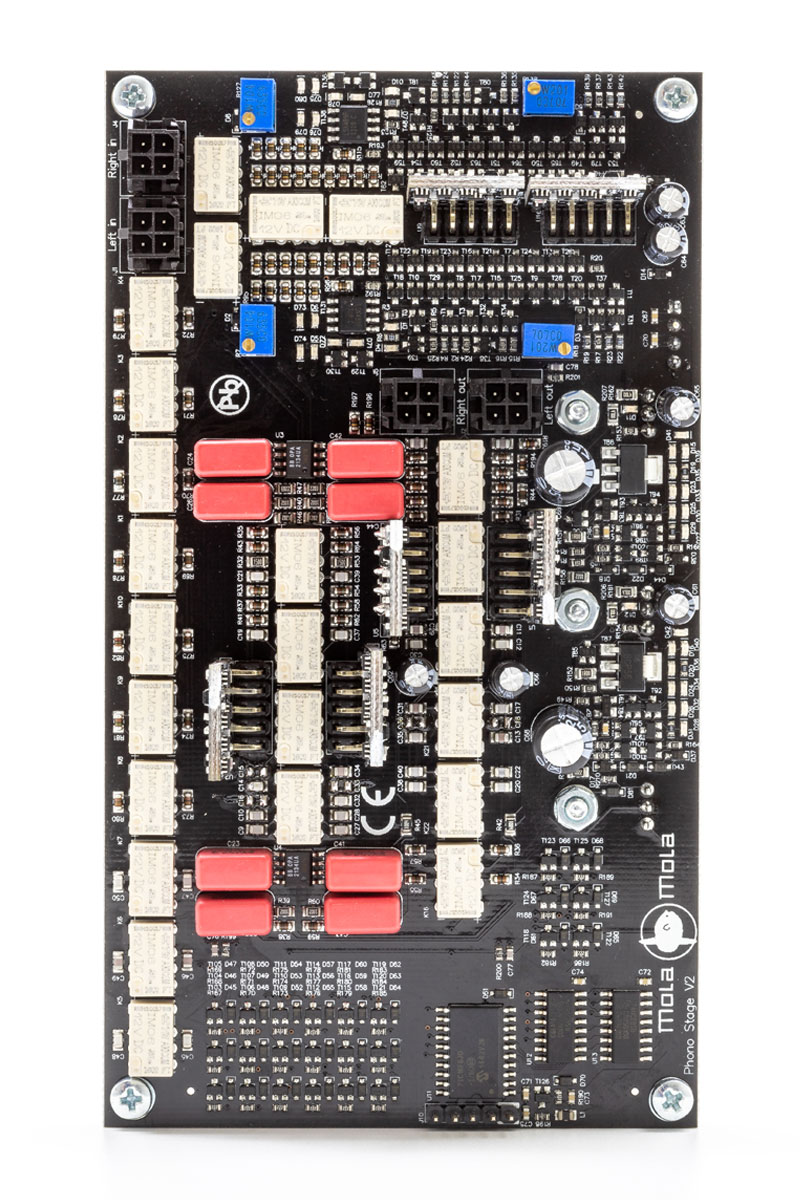
Phono module
If you want a turntable instead of a DAC, you can alternatively choose the Phono module. Which Mola Mola claims to be perhaps the most versatile known to mankind. The MM and MC parts are completely separated, so that they both have the shortest possible signal path. Resistance and capacitance are individually adjustable, and the module offers all possible EQ curves, including most of what was used on historical stone tablets at 78 RPM.
All settings can be set in software, both with smartphone and tablet, and can then be saved to the buttons on the front panel.
It is very reminiscent of Devialet’s solutions, but the French amplifiers are probably even more user friendly. Here they have taken the trouble to pre-store settings for several different pickups. So that the user himself does not have to adjust so much.
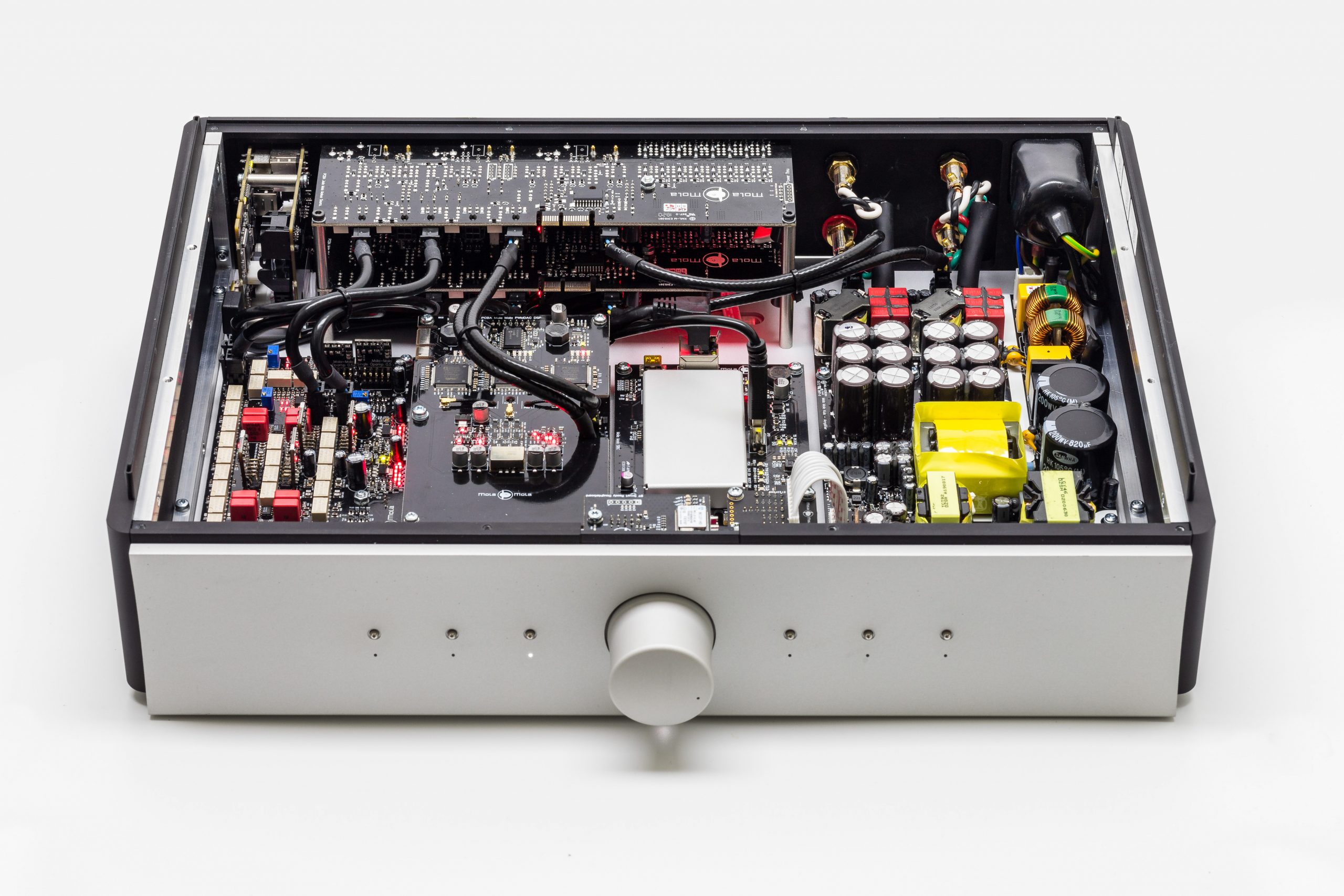
6 buttons
On the front panel you will find six buttons. From the factory, these are set to be input selectors, and each corresponds to a separate input on the back. With toggle switches on the back, you choose whether each input is balanced or unbalanced. But you can also choose to route one or more inputs through the phono module. For example, if you have two turntables, each with its own pickup, and have one preset for MM and one for MC. Or when playing a monoplate, you can have a third setting in mono, where the phase of one channel is reversed. Address each setting to its own button on the front, so you can easily switch in between.
Both phase and gain can also be set on each input individually, here you just have to play with the mobile app.

Air, air and more air!
Our faithful Sonus faber Olympica III in the test room has given us many a goosebumps experience, especially when connected with proper electronics. The strength is the magical, warm midrange combined with a tight and controlled bass – and an ability to portray the music with a wealth of timbres. The treble, on the other hand, is not the airiest in the class, although it is both distinct and fresh.
I therefore have to pinch my arm a little, when I suddenly hear the music coming out with layers upon layers of air. Air that I have probably not heard from these speakers before. Laura Marling’s voice on the intimate, minimalist ballad Only The Strong has such distinct but at the same time soft consonants, where every single s- and sj- sound gently wedges behind my ears and sends chills down my spine. Good chills. The sound from the guitar case sounds as believable as hell, and the edge beat on the snare drum is so distinct that it is almost unbearable.
Dobrinka Tabakova’s String Paths performed by first cellist Kristina Blaumane and The Lithuanian Chamber Orchestra are some of the most beautiful compositions I have heard from the 2000s. As if every single layer of tones represents an emotion. An event. Together they draw an entire universe. Mola Mola Kula has such a control on every note, and it is as if the timbres come from Van Gogh’s own palette.
The impression is confirmed by Bowers & Wilkins 702 S2 Signature. These speakers have never had air as a weakness, and here too you get even more layers up in the harmonic area than you expect. There is significantly more air here than with the Sonus faber speakers, and also a more holographic sound image. A larger bubble that almost folds around and over the listener. In any case, the sound image comes very far out on the sides, and disappears at the other end inwards and backwards towards an infinite horizon.
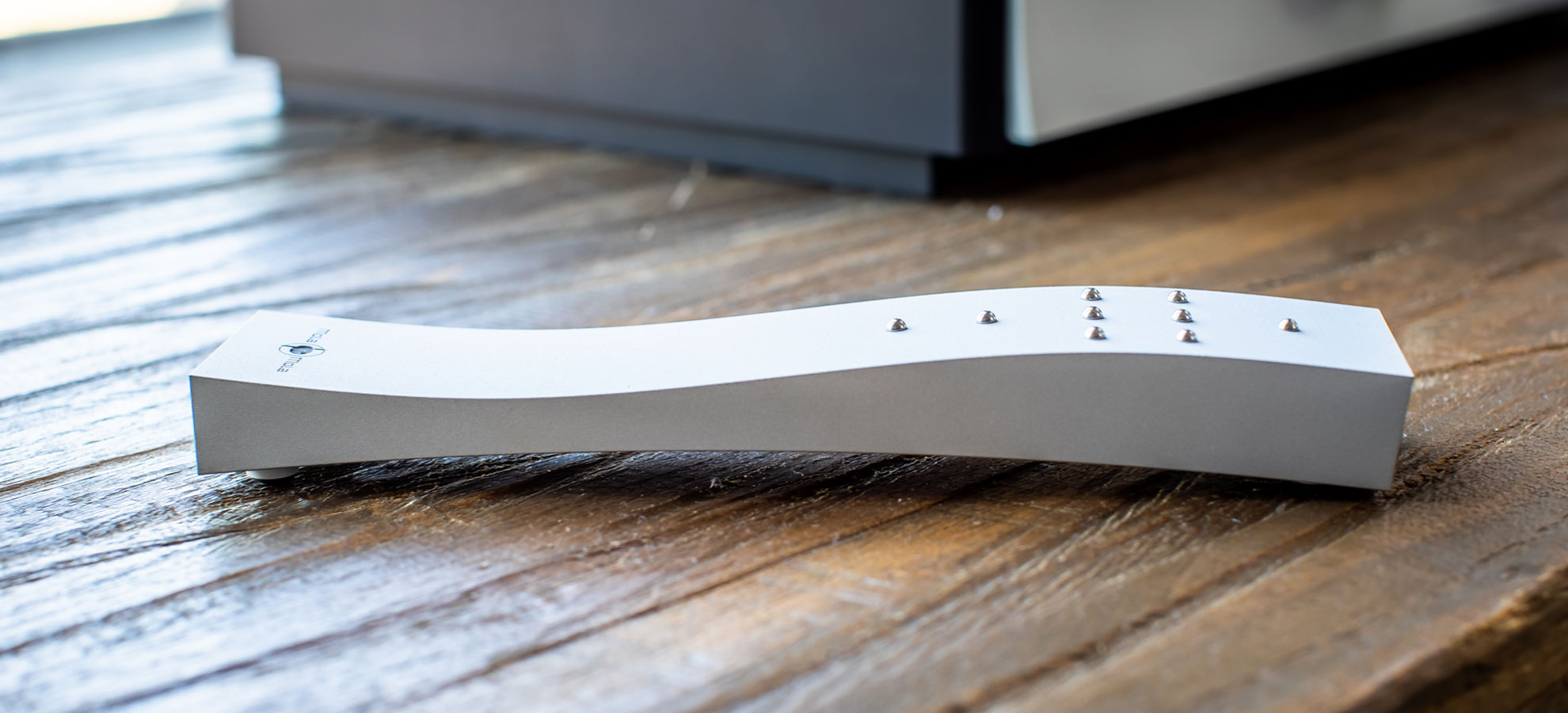
Competitors
No matter how extremely good Mola Mola Kula is, it must have some weaknesses? Well. Yes. You can first take the fact that it is far from the most powerful I have had for review. Don’t get me wrong, it does the job well, but in terms of power, it has little to compete with against stout guys like the McIntosh MA9000, Hegel H590 and Gryphon Diablo 300, all of which with around 2 x 300 watts are much more powerful than the Kula. They are also very capable amplifiers, also when it comes to level of detail and raw dynamics. If you need to play loud with full control, then they are in a class quite different from Mola Mola Kula.
But when it comes to air and resolution in the top register, I would say that Kula is something in itself. It waves the magic wand like few others, and the space it draws is indisputable.
Devialet’s amplifiers have some of the same brilliance, and with SAM speaker correction, they tighten up the sound image a lot, in addition to thinning deeper bass out of the speakers. I have yet to hear their Expert 250 Pro, which is probably the closest one to compare with. But it is almost guaranteed to be even better than the Expert 220 Pro, which at half the price is a fantastic amplifier in every way. But no one touches Mola Mola on the digital part. Where Devialet uses off-the-shelf (PCM1792), Mola Mola designs its own DACs from scratch.
Do you need more power?
The power that Kula lacks comes first and foremost with a pair of very heavy-duty speakers. For example, you may want something more powerful to power a pair like the B&W 803 D3 with enough power and conviction. Mola Mola has the answer itself, in a pair of Kaluga mono amplifiers, which then provide as much as 400 watts of power. Here is the most expensive Hypex amplifier module NC1200, which has been given extra special adaptation to the rest of the amplifier design.
Then you have to go up to GBP 6.000 per. amplifier channel, and together with the Tambaqui DAC you do not really need an additional preamplifier in addition – and then end up at around a frightening GBP 20.000. Slightly more expensive than Kula, but still perhaps not as good at moderate sound levels because you miss Kula’s eminent preamplifier stage. But with significantly more power when you have to play loud. It could be interesting to test this combination as well.
Conclusion
When I first heard Mola Mola Kula, I first wondered if it was artificially exaggerated in the treble. There was so much air! But it is probably rather an example of an amplifier so free from distortion, and so abundant in dynamics, that it releases the overtones like few others. The result is a more airy soundscape than I can remember hearing, combined with fabulous dynamics and timing. The music just flows out! This is High-end with a capital H, in every way.
The design is also simply beautiful. Sober look, with beautiful curves, carved from one piece of aluminium.
Kula is also very flexible, with programmable and adjustable inputs. Choosing the DAC module will be expensive. But also exceptionally good! Not least with Roon Ready network support. The phono input is also very expensive, but we have not tried this.
Run and listen! Then you can take out that loan at the bank.

We think
A resolution of another world. Great sound! With the DAC part, it gets even better. Some will want even more power.
9990 €
Specifications
- Output power: 2 x 100 W in 8 Ohm / 2 x 200 W in 4 ohms
- Damping factor: Not specified
- Inputs: 3 balanced XLR, 3 unbalanced RCA (multi-adjustable)
- DAC (optional):
- AES/EBU (XLR), optical, USB-B
- 32-bit/384 kHz (USB), 24-bit/192 kHz (TOSLINK, SPDIF)
- Ethernet w/Roon Ready, Bluetooth (AAC, aptX, LDAC, SBC)
- Dimensions: 11 cm x 43.5 cm x 34 cm (H x W x D)
- Weight: 9 kg
- Color: Silver with black sides
- Optional equipment: DAC module GBP 8.000, phono module GBP 2.500 extra
- Web: mola-mola.nl
